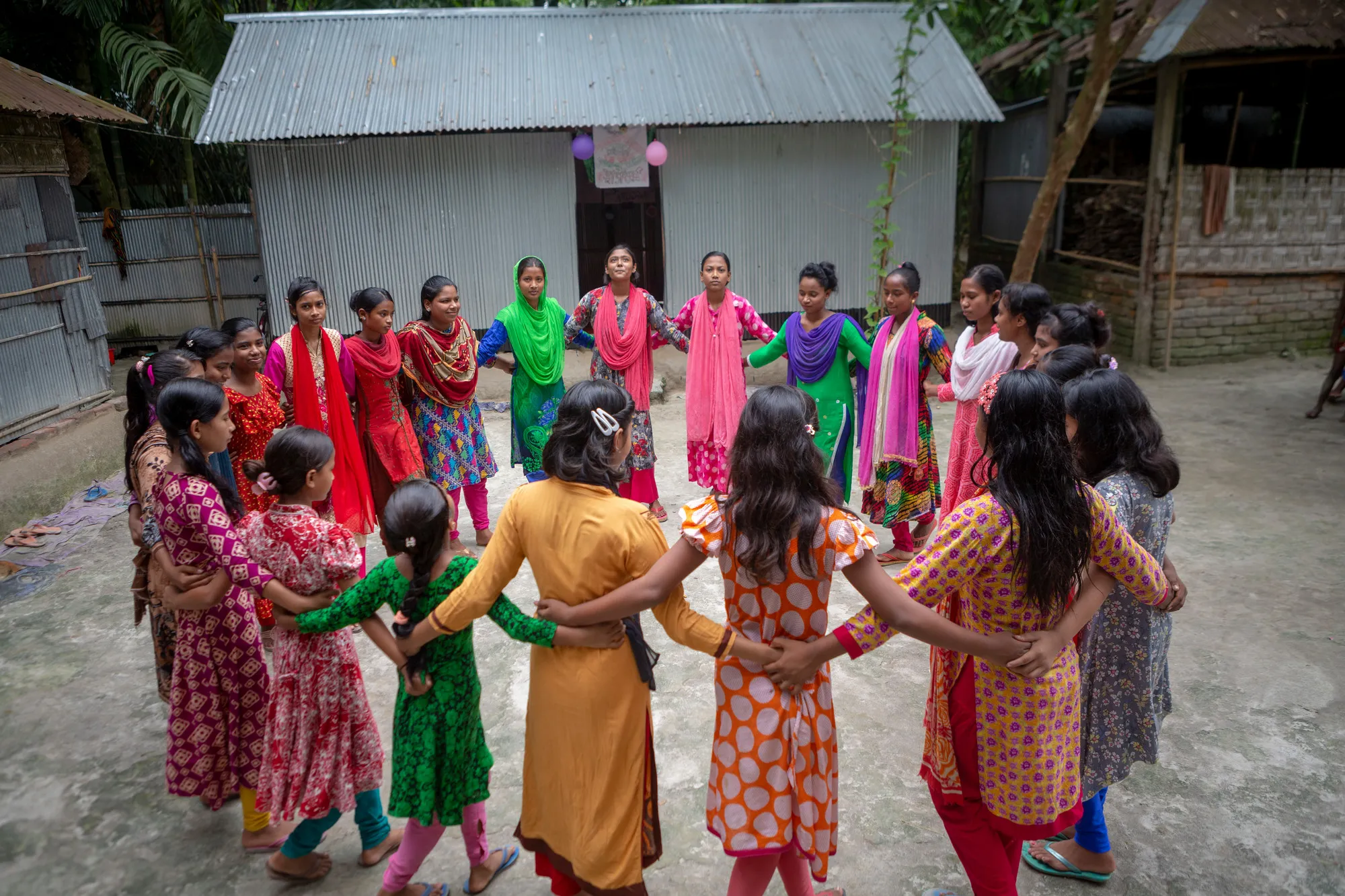The coronavirus pandemic has negatively impacted the health, well-being and safety of adolescent girls around the world, according to a new CARE report, and yet, they are often being neglected in COVID-19 responses.
“In many cases, governments, donors, and those implementing programs tend to focus on either children or adults, leaving adolescent girls in an in-between category — with girls often getting lost in the shuffle,” says Debbie Landis, Senior Gender in Emergencies Policy Specialist with CARE and the report’s co-author.
Adolescent girls’ age, gender, and developmental stage make them particularly vulnerable during times of crisis. As a result, they face an increased risk of exposure to a variety of protection concerns including gender-based violence, early and forced marriage, human trafficking, and harmful work.
Anushka Kalyanpur, who specializes in sexual and reproductive health and rights in emergencies at CARE and co-authored the report, explains that adolescent girls have few support systems to rely on. “Their support networks are often disrupted during crises. Many of them aren’t going to school right now and their risks are further exacerbated.”


